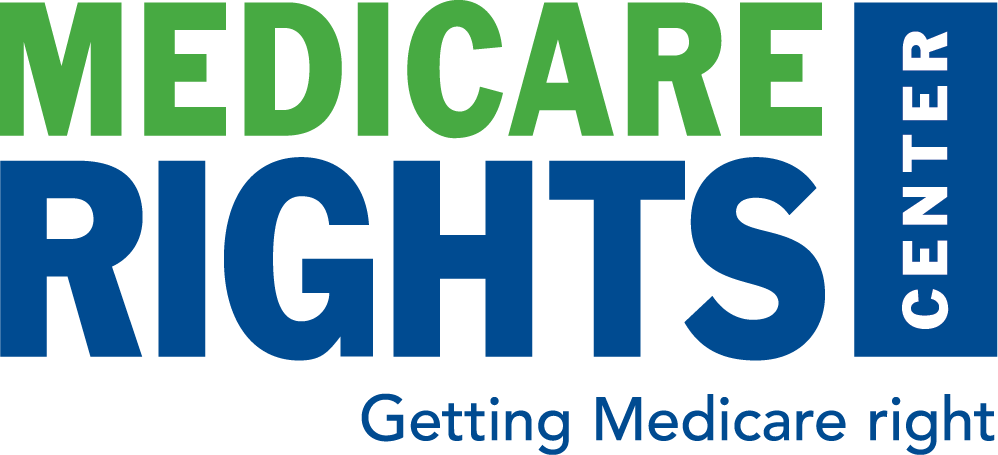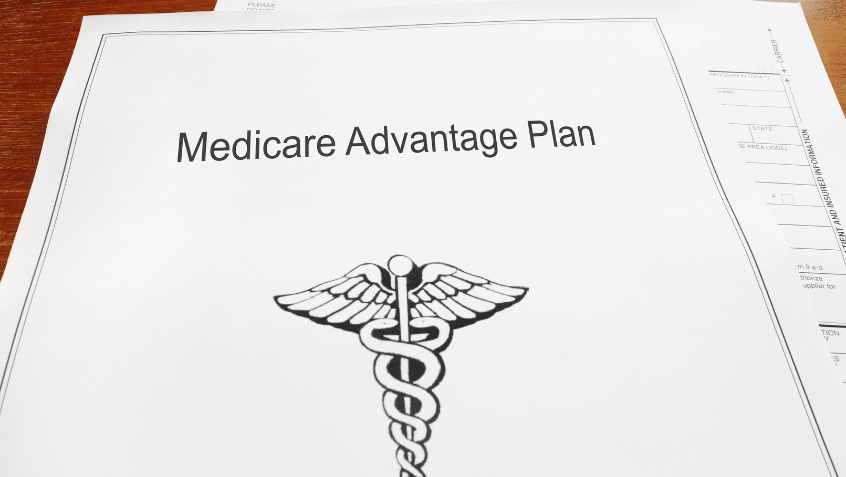Consumers, Providers, and Health Plans Unite in Support for Part B Prescription Drug Payment Model
- By Mitchell Clark
- May 5, 2016

Written by: Joe Baker, President of the Medicare Rights Center and Nancy Leamond, Executive Vice President and Chief Advocacy & Engagement Officer, AARP
[Reposted from TheHill.com]
As the comment period closes on a Centers for Medicare & Medicaid Services (CMS) proposal to test new payment strategies for Medicare Part B prescription drugs, 25 organizations representing people with Medicare, health plans, and health care professionals are voicing their strong support for the model. The proposal presents an opportunity to improve health care quality and value for people with Medicare and also support providers in delivering the right care at the right time.
The real-world experiences of people with Medicare underpin our strong support for the proposal. Our organizations represent people like Ms. White, who called the Medicare Rights Center national helpline because she could not afford the $300 coinsurance for her cancer treatment injections. Ms. White is among the 14 percent of people with Medicare who lack supplemental insurance to cover the 20 percent coinsurance for Part B services, a population that includes a disproportionate share of people under age 65 with disabilities, those with annual incomes between $10,000 to $20,000, and African American beneficiaries. High coinsurance coupled with the absence of an out-of-pocket maximum on annual cost sharing exposes these older adults and people with disabilities to catastrophic costs, which can reach as high as nearly $100,000.
It is not reasonable or acceptable to expect people with Medicare to continue to pay for increasingly expensive prescription drugs without any consideration of whether their money is being well spent, which is why the proposed model should go forward.
In keeping with ongoing, bipartisan reforms to transition Medicare to a value-based payment system, the proposal adjusts provider reimbursement to minimize perverse incentives that may favor higher cost prescription drugs even if they are no more effective than lower-priced alternatives. Nothing in the proposal prohibits providers from continuing to prescribe the treatments best suited to individual patients, and the program incorporates monitoring to assess how payment adjustments affect both providers and consumers.
Where a strong, clinical evidence-base exists, the proposal also brings promising, private market practices in value-based purchasing to Medicare, including reference pricing, indication-specific pricing, outcomes-based risk-sharing agreements, and discounting or eliminating Part B coinsurance amounts. Under a system that evaluates the clinical-effectiveness of medications, like the one proposed, it’s possible that Ms. White’s coinsurance would fall from $300 to $0. The model also incorporates clinical decision support tools that reflect up-to-date literature and consensus guidelines for providers to use on a voluntary basis. CMS proposes a transparent comment process that will allow all stakeholders to weigh in on which prescription drugs are best suited to these value-based tools.
Importantly, the proposal recognizes that the proposed changes to payment are not without risk, and incorporates essential protections intended to preserve patient access to needed medications. These protections are specific to each of the proposed changes, and CMS solicits public input on how to further strengthen these and other aspects of the model. Our organizations will recommend improvements, including encouraging CMS to establish an ombudsman to serve both patients and providers; publicly release the agency’s final monitoring plan; carry out beneficiary focus groups and patient-experience surveys; and formally engage consumer advocates, providers, purchasers, and other key voices throughout implementation.
Each of these suggestions is intended to strengthen an already promising concept. And while we are enthusiastic about the proposal’s potential to improve the lives of individual patients, we also believe the proposed payment model will help support Medicare’s long-term sustainability. In 2015, Medicare spent $22 billion on Part B prescription drugs—double the amount spent in 2007. By removing incentives to use higher-priced medications that are no more effective than alternatives, the proposed model creates value for both the consumer and the program.
We applaud CMS for proposing to test payment strategies to address the unsustainable escalation in Part B prescription drug spending and to enhance access to critical medications. As it stands, sky-high prices on Part B prescription drugs cause too many to forgo necessary care, a fact that should inform any evaluation of the model. Calls to withdraw the proposal are an implicit endorsement of the current system, one that continues to fail Ms. White and the many people with Medicare like her.
The Latest
Most Read
Add Medicare to Your Inbox
Sign up to receive Medicare news, policy developments, and other useful updates from the Medicare Rights.









